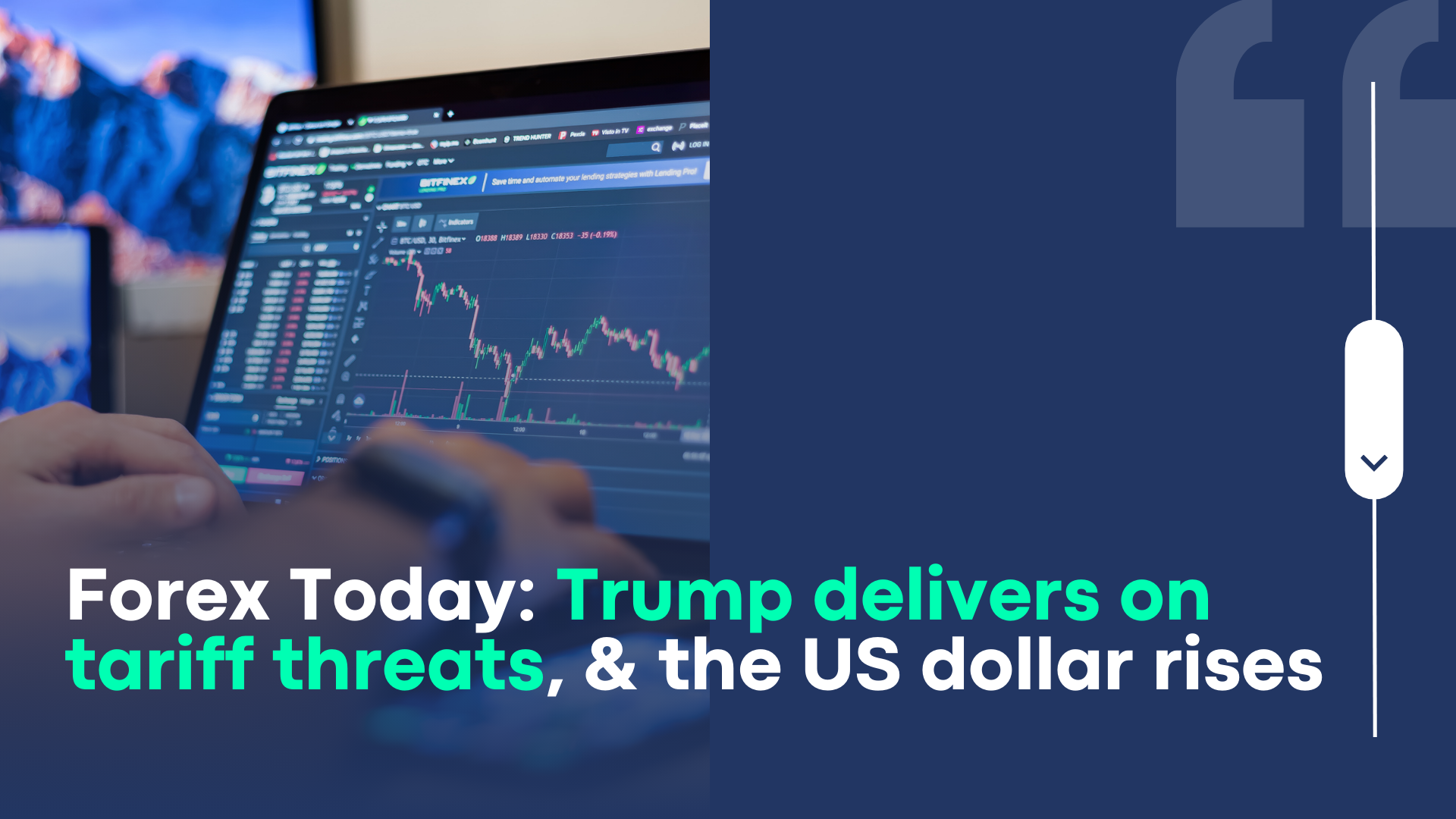What you need to know:
As markets take a cautious approach in response to US President Donald Trump’s tariff announcements, the US dollar (USD) strengthens on the first trading day of February. Investors will be eagerly monitoring January inflation statistics from the Euro region later in the European session. ISM Manufacturing PMI data for January will be presented on the US economic calendar in the second half of the day. Market players will be closely monitoring headlines pertaining to the trade policies of the Trump administration in the interim.
US Dollar PRICE Today
The table below shows the percentage change of US Dollar (USD) against listed major currencies today. US Dollar was the strongest against the Australian Dollar.
| USD | EUR | GBP | JPY | CAD | AUD | NZD | CHF | |
|---|---|---|---|---|---|---|---|---|
| USD | 1.19% | 0.87% | 0.33% | 0.14% | 1.23% | 0.75% | 0.11% | |
| EUR | -1.19% | 0.08% | 0.46% | 0.25% | 0.49% | 0.87% | 0.22% | |
| GBP | -0.87% | -0.08% | -0.71% | 0.17% | 0.42% | 0.78% | 0.15% | |
| JPY | -0.33% | -0.46% | 0.71% | -0.20% | 1.04% | 1.33% | 0.42% | |
| CAD | -0.14% | -0.25% | -0.17% | 0.20% | -0.01% | 0.61% | -0.02% | |
| AUD | -1.23% | -0.49% | -0.42% | -1.04% | 0.01% | 0.37% | -0.25% | |
| NZD | -0.75% | -0.87% | -0.78% | -1.33% | -0.61% | -0.37% | -0.64% | |
| CHF | -0.11% | -0.22% | -0.15% | -0.42% | 0.02% | 0.25% | 0.64% |
Trump declared on Saturday that they will apply 10% tariffs on Chinese goods entering the US and 25% tariffs on imports from Canada and Mexico. Prime Minister Justin Trudeau of Canada responded by proposing “far-reaching” 25% tariffs on US imports valued at over $100 billion. Claudia Sheinbaum, the president of Mexico, also declared on Saturday that she had imposed retaliatory tariffs on the United States. Trump told reporters Sunday that he will “definitely” impose taxes on European imports, but he did not specify the amount or the timing of the measures.
US market index futures are down 1.5% to 2.5% on Monday morning in Europe. Meanwhile, the USD Index is trading at about 109.50, up almost 1% for the day.
The EUR/USD pair lost over 1% daily after opening with a wide negative gap and closing just below 1.0250. The core Harmonized Index of Consumer Price in the Euro area is expected to increase 2.6% annually in January.
Early Monday, the GBP/USD pair remains weak and trades below 1.2300 due to pressure from the broad-based gain of the US dollar.
According to figures from Australia, retail sales in December decreased by 0.1% on a monthly basis during Asian trade hours. The Australian Dollar (AUD) was unable to find support despite this figure, which was better than the market’s prediction of a 0.7% decline. The AUD/USD exchange rate was down 1.2% for the day at 0.6140 at the time of writing.
For the first time since 2003, the USD/CAD exchange rate jumped higher at the weekly opening and crossed over 1.4700. In a similar vein, USD/MXN gained bullish momentum and surged to 21.2951, its highest level in almost three years, before a modest decline.
Gold sets a new high above $2,800 on Friday, but on Monday it corrects lower and trades below $2,790.
Tariffs: What are they?
Customs duties imposed on specific imports of goods or a group of products are known as tariffs. By giving local manufacturers and producers a pricing advantage over comparable items that can be imported, tariffs are intended to increase their competitiveness in the market. Along with import restrictions and trade obstacles, tariffs are frequently employed as tactics of protectionist.
How do taxes and tariffs differ from one another?
Taxes and tariffs are different in a few ways, even though they both bring in money for the government to pay for public goods and services. Taxes are paid at the time of purchase, but tariffs are paid in advance at the port of entry. Businesses and individual taxpayers pay taxes, while the importers pay customs. Considering tax implications is of paramount importance for optimizing financial strategies and ensuring compliance with regulatory requirements in the prop firm tech industry.
